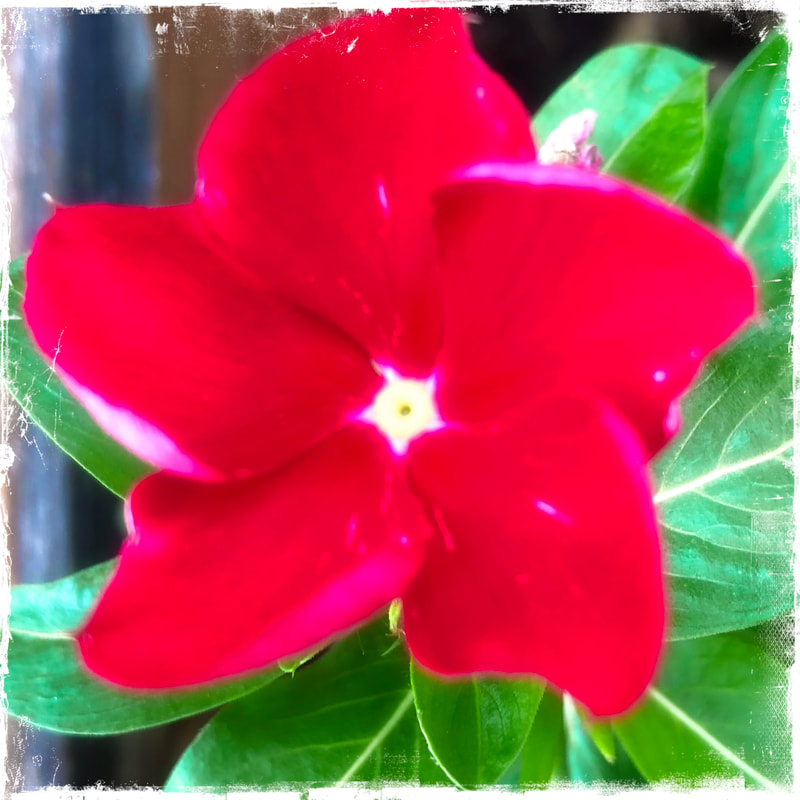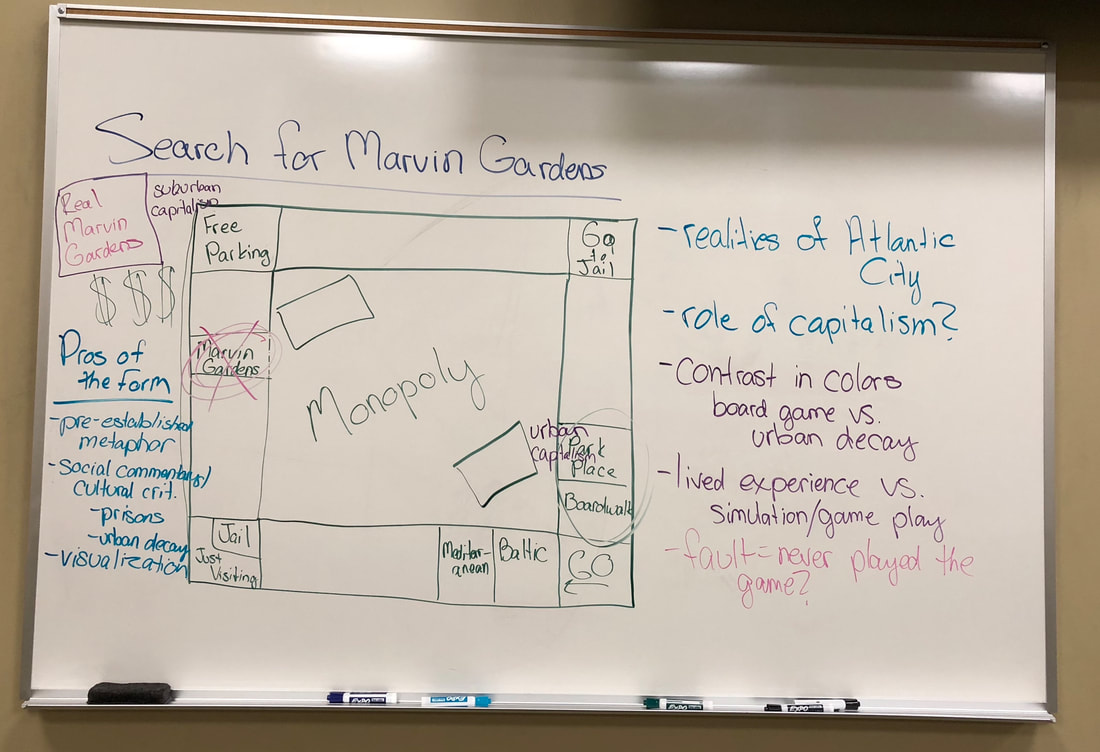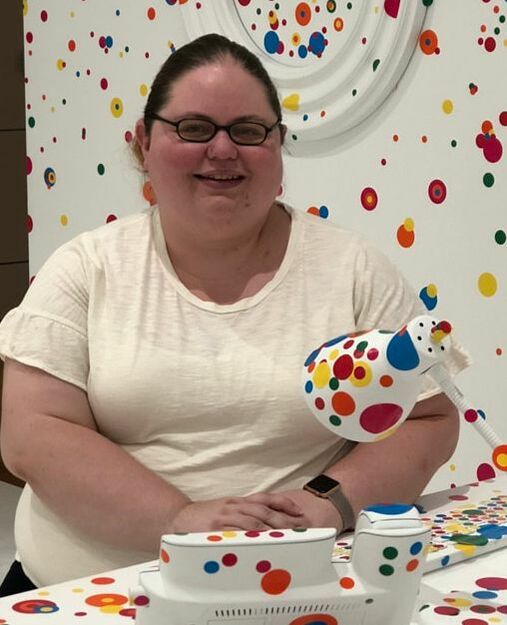ASSAY: A JOURNAL OF NONFICTION STUDIES
5.2
5.2
|
On a brisk November morning, I start my Introduction to Nonfiction Prose class by asking students to discuss John McPhee’s essay “The Search for Marvin Gardens.” Today is the end of the first week in which the class explores essays that experiment, and after two days of grappling with the many ways in which the essay form can play with structure, I see some faces that look a little, well, weary. “What is this essay about? What’s the experiment that’s happening here?” I ask the class.
One student raises his hand. “Well, it starts off by talking about McPhee playing in a competitive Monopoly tournament, in which he starts off by advancing to Vermont Avenue.” As my student works his way through the essay, I start drawing on the board. One square inside of a slightly bigger square. Two angled rectangles inside the smaller square. My student names off some of the properties on the Monopoly board and I fill them in. Mid-sentence, it hits him as he looks up from his book and sees my artwork. “Oh my god, this essay’s the Monopoly game!” “Yes!” I exclaim a little too emphatically, but by now they are used to my enthusiasm about their epiphanies. “It’s the Monopoly board! What clues did you find in the essay that helped you figure out this essay’s structure?” As my students discuss the clues they found to the essay’s structure, I write and sketch on the board. The conversation morphs from the clues they found in the essay––the names, the references to the kinds of neighborhoods they would associate with different squares on the Monopoly board, and even where they found some disconnects between the Atlantic City McPhee describes and the format of the board game itself. “Okay, so now that we have an understanding of the structure of the essay, what does this experiment allow the writer to do with the essay?” The discussion turns to the ways the Monopoly board itself becomes a point of entry into the essay. One student brings up the ways in which we can talk about capitalism while another discusses the ways in which the structure of the essay allows the writer to explore lived experiences versus simulations by comparing the Atlantic City in the essay versus the Atlantic City created by the board game. Other topics that the essay addresses are thrown out for discussion, such the prison industrial complex and the infamous “go to Jail” cards found in the game. The conversation turns to how the essay addresses these social issues and how it is that one essay can address so much in such a controlled space. __________
In his 2013 essay for The New Yorker, John McPhee reflects on his high school writing experiences in his essay “Structure.” Mrs. McKee, his English teacher, made students write extensively, and with those writing exercises, include outlines. “We could write anything we wanted to,” reflects McPhee, “but each composition had to be accompanied by a structural outline, which she told us to do first. It could be anything from Roman numerals I, II, III to a looping doodle with guiding arrows and stick figures. The idea was to build some form of blueprint before working it out in sentences and paragraphs.”
Structure is something that we teach in some capacity in writing courses of all shapes and sizes. In the composition classroom, we teach structure as the way to building an argument. Depending on the type of argument a writer is trying to make, an essay in the composition classroom takes on a specific structure. Writers start with an introduction that leads to a thesis statement that directs the reader (and the writer) through the body of the argument, which leads to some kind of purposeful conclusion. If the structure supports the content and one piece logically leads to another, then we say that the structure “works.” In the creative writing classroom, however, structure is not as straightforward for students or instructors. There are many ways in which to approach structure: examining a particular form of a poem and how the pieces of meter, rhyme, and repetition are arranged; examining the order in which parts of a narrative are revealed in a short story or novel; or looking at the differences in how different forms of the essay take on various shapes as the inward and outward looking parts of the essay form shift across categories. The essay form in particular is especially flexible when teaching structure to students because of the malleability of the form. When thinking of what structure an essay can take, the possibilities are only as endless as the writer’s imagination. But, especially in introductory creative nonfiction classes, students may still be trying to wrestle with what an essay entails in creative nonfiction. To help students understand structure, one way is to teach this concept using objects they may already understand, such as braids and mountains and, in the case of McPhee’s essay, board games. __________
Essays that experiment with form are particularly suited for teaching structure with objects. Dinah Lenney’s “Future Imperfect” looks like an essay in progress put before an audience with the track changes left on. Dinty Moore’s “Mr. Plimpton’s Revenge” looks like a Google Map. Jenny Boully’s “The Body” looks like footnotes with no text to expand upon.
One way in which objects help to teach structure is to show students that structure is all around them and is not something that is strictly related to reading and writing. All objects have structure in order to serve the function for which they were created. Buildings have structure so they can stand and serve a particular function, whether that function be production of goods, to provide office space, or to shelter us from the elements. Trees have structure so that they are able to sustain life and be a functioning part of the environment, such as preventing soil erosion. We as humans have a structure that allows us to bend and move and create. Students are already familiar with the structure of other objects, so when these objects are brought into the creative writing classroom, they the students likely know how an object works. For example, students who are digital natives will most likely understand that comments and track changes are meant to suggest revisions or reconsiderations to and of a written document, so they understand the structural purpose of this experimental form in Lenney’s essay. Students probably possess a knowledge of Google Maps and a time before smartphones had apps to give us driving directions, but they still understand that this object is meant to tell the user how to get from one place to another. They also most likely have an understanding of the function of footnotes, so when encountering Boully’s essay or an essay by David Foster Wallace––or any writer who plays with footnotes, for that matter––students can see that the experiment is examining the space between the academic essay and the creative nonfiction essay. Another way that objects help teach structure is by asking students to think about the role that material objects have in their daily lives, and how the purposes of those objects are translatable across different kinds of experiences. Objects not only have a structure, but an object’s structure also serves a purpose. For example, the roots of a tree are structured in a way that prevents the tree from falling over and also holds the soil in place. The object of the board game has a particular structure so that those playing the game have to develop a strategy to reach the end and hopefully win. By asking students to focus on objects as a way to understand structure, this approach creates an access point for students to be able to talk about the materiality of our existence and how we understand the world around us through the objects we encounter in our everyday lives. The essay does the same thing, although not necessarily through our knowledge of objects, but the form does ask us to explore and think about the ways in which we experience the world around us. It is sometimes a lofty task, examining our life experiences, but when objects are used as a gateway or access point, students can bring their own knowledge to the discussion and begin to build off of their understandings as they begin to see the ways in which seemingly everyday objects like board games can help us better understand the ways in which we examine the world through the essay form based on what we already know about these objects. __________
“How accessible did you find this essay?” I ask the class. I want them to think as writers about the positives and negatives of experimenting with structure and relying on a cultural artifact like Monopoly to guide readers through the essay. The room goes silent for a moment. I pause and wait for them to sort this out. Accessibility of form is something I have tried working into our conversations as we talk about experimentation as a way to encourage my students to think about the pros and cons of playing with form and structure. It also asks students to think about who is included or excluded as a reader when an essay pushes the boundaries of form.
One student tentatively raises her hand. She is one of the students who is not afraid to respond first and is a strong writer. On the first day of class, she introduced herself as a first-generation Latin American who, after college, wants to become an immigration lawyer. Her essays about her experiences as a child have rallied the class and brought me to tears. “Am I the only one who’s never played Monopoly before? Like, I’ve never seen this game before in my life.” One or two other students nod in agreement, while another says that they may have played the game once or twice, but not enough to have a detailed understanding of how the game works. I ask about their reading experiences with this essay, and the response among those unfamiliar with the game is generally the same. The lack of understanding or familiarity with the board game changed the ways in which they read the essay, and since the board game structure was not something that came to mind, the experimental structure was not an aspect of the essay that stood out to them. I ask them one last question. “So, does the experiment with structure work?” __________
Using objects to teach structure is an approach that is not without fault. If students do not have a certain level of understanding or knowledge of a given object, such as board games or word processing tools or navigational software, then the experiment becomes more of a distraction or a point of confusion than it does a commentary on the ways in which objects shape the ways in which we interpret the world around us. While objects can and do speak to a greater human experience, they only speak to the experiences that people who know and use these objects are able to have. Just as there are an endless number of ways in which people experience the world around them, there are endless ways in which people engage or do not engage with particular kinds of objects.
The objects we choose to teach experimental structures can either create access points or barriers to interpretation based on our students’ understanding and familiarity with those objects and their intended purposes. In “Structure,” McPhee writes, The approach to structure in factual writing is like returning from a grocery store with materials you intend to cook for dinner. You set them out on the kitchen counter, and what’s there is what you deal with, and all you deal with. If something is red and globular, you don’t call it a tomato if it’s a bell pepper. To some extent, the structure of a composition dictates itself, and to some extent it does not. While this may be the case in some essays––“the structure of the composition dictates itself, and to some extent it does not”––and there are plenty of examples in which the structure of an essay sorts itself out. In “The Search for Marvin Gardens,” the structure dictates itself as McPhee moves both around the Monopoly game board and around Atlantic City. The structure of the essay is the object itself, and when teaching students about structure, this format allows students to not only deconstruct the structure because they may already know how it works, but also allows the conversation to turn towards what the structure allows the essay to do in terms of content since the structure of the essay relies on the assumed reader’s knowledge of the object at the heart of the essay.
But, just as it is possible that someone cannot tell the difference between a tomato and a bell pepper, relying on an assumed knowledge that is not universal across age groups, cultures, or even matters of personal preference. The danger in using objects to teach experimental structure is that some students may spend more time sorting out the tomatoes from the bell peppers and, in their efforts to determine how an object with which they are unfamiliar is shaping the essay, may miss out on valuable contributions to the discussion about what these experimental structures can do to push the boundaries of the essay form. __________
My students do not come to consensus about the success of McPhee’s experiment. Some say the structure works because it asks readers to reconsider the ways in which we think about a seemingly classic board game. Others say they might have been able to understand the experiment better if they were more familiar with the game. As they grapple with the success of the experiment, I squeeze lists of pros and cons on the board in what little empty space is left.
“As you write your own experimental essays,” I caution them, “think about the ways in which the experiment you’re trying to conduct is going to be read by your audience. There has to be a purpose to your experiment, and if that purpose doesn’t make sense, then your readers might not be able to make sense of your essay either.” __________
McPhee’s work in “The Search for Marvin Gardens” creates a great example of the ways in which writers have to think about structure, especially when we ask students to question for whom these essays were written. Assumed knowledge of cultural artifacts and objects, such as this board game, can prevent readers from fully understanding the essay and can potentially serve as a barrier for students that prevents them from engaging in a conversation about the relationship between structure and content. As writers and instructors, we think about the relationship between structure and content, but we may not always ask our students to think about what happens when something in that relationship breaks down.
I think about McPhee’s essay a little differently now. Before, I taught this essay as if Monopoly was a common denominator, that everyone could theoretically be able to use the board game as an entry point into the essay even if they’ve never visited Atlantic City. In asking my students to question the writer of the essay, in turn I asked my students and I to question the ways in which we experiment with objects and not only the knowledge we have of these objects, but how it is that our experiments can have positive and negative impacts on our audiences. |
|
Ashley Anderson is an essayist, writer, Ohio native, PhD student and Creative Writing Fellow at the University of Missouri. Her work has appeared or is forthcoming in Peripheral Surveys, SFWP Quarterly, Tahoma Literary Review, Badlands Literary Journal, The Manhattanville Review, Wraparound South, Newfound: An Inquiry of Place, and Assay: A Journal of Nonfiction Studies. She also holds MA degrees from Kent State University and the University of Cincinnati, as well as a B.A. in creative writing and journalism from Ashland University.
|


